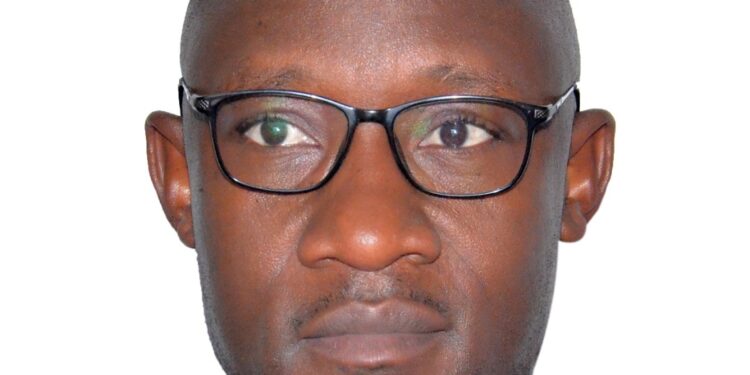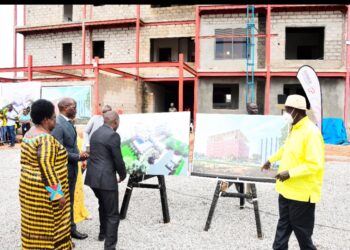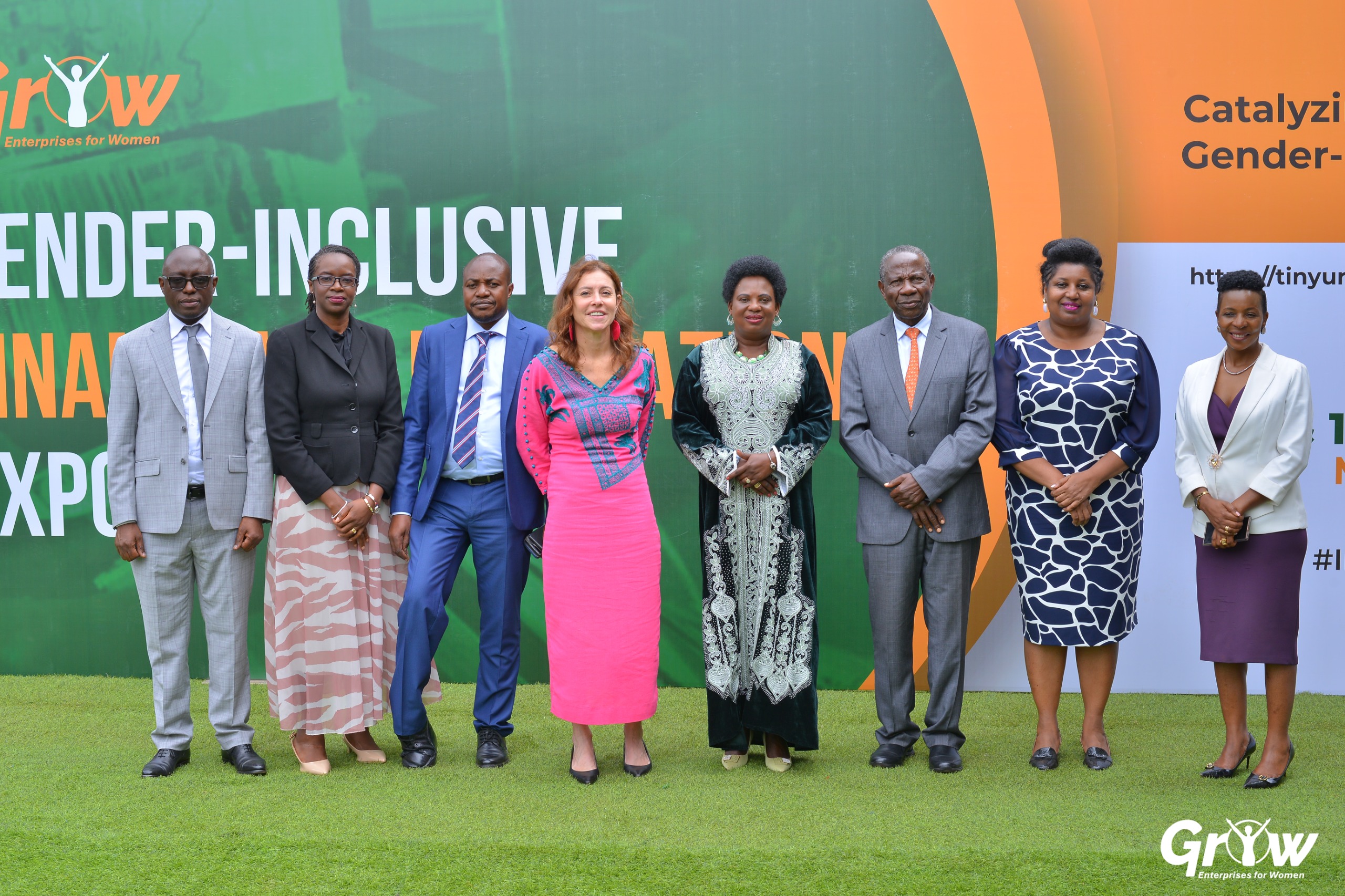If you have been following social media lately, you may have noticed that Karamoja has received more visibility and publicity than ever before. I must commend the media houses, government and the growing number of Karamoja scholars who are helping to shed light on this long-neglected region.
However, one important question arises: Why all this publicity about Karamoja now?
To explore this question, I refer to the work of Jacqueline Carey Gallo (2024), who in her doctoral thesis at the University of Cambridge argued that to truly understand Karamoja and its people, one must grasp the broader context of the region rather than getting lost in the small details — what she described as “seeing the forest through the trees.”
Similarly, Benjamin Paul Knighton, in his 1990 PhD study titled “Christian Enculturation in Karamoja, Uganda,” observed that many planners and observers entering Karamoja are often unaware of the region’s past.
In simple terms, publicity about Karamoja is necessary so that people within and outside the region can stop viewing it through rose-colored glasses or reacting emotionally, and instead look at Karamoja realistically — focusing on facts, history, and practical truths.
Today, circumstances in Karamoja — whether related to mindset change, underdevelopment, cultural identity, or the effects of climate change — have reached a point where these issues can no longer remain hidden or ignored. If the challenges facing Karamoja are not communicated openly and consistently, how will people elsewhere know about them, and how will action, support, and solidarity be mobilized?
A review of historical evidence also supports the central question of this article: Why publicity on Karamoja now? As far back as 1992, Mamdani, Kasoma, and Katende from the Centre for Basic Research (CBR) in Kampala noted in their Working Paper No. 22 that “some figures from Karamoja are misleading by themselves.” This shows that misrepresentation and misunderstanding of Karamoja have long been a problem.
Therefore, one of the reasons some of us continue to write and publish articles about Karamoja is to reduce misconceptions, increase public awareness, and promote accurate, evidence-based understanding of the subregion.
This wave of publicity is not mere media excitement; it is a crucial, overdue effort to confront the realities of Karamoja with honesty and depth.
Ayub Mukisa, PhD
Executive Director, Karamoja Anti-Corruption Coalition (KACC)
Email: ayubmukisa@gmail.com
Do you have a story in your community or an opinion to share with us: Email us at editorial@watchdoguganda.com














